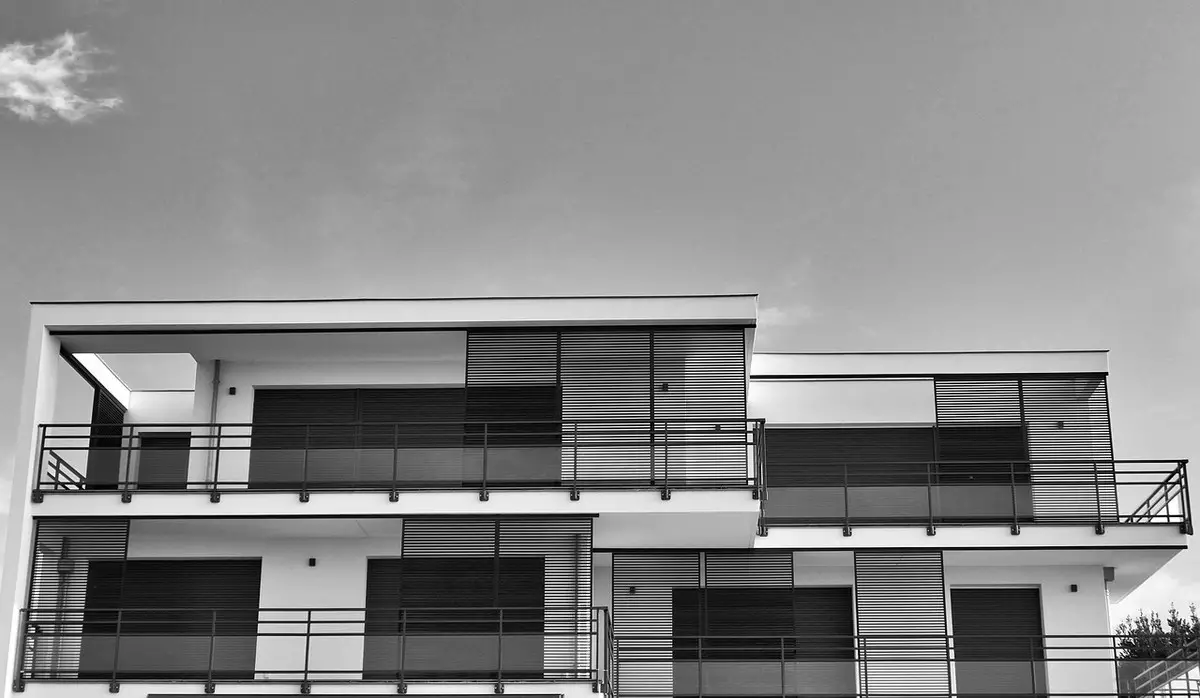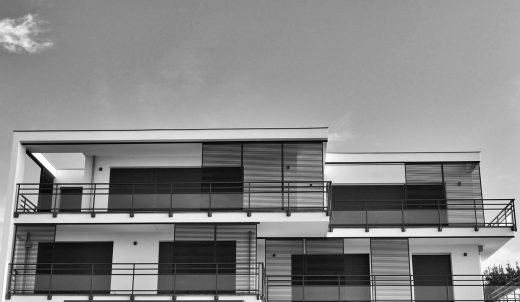Most common flat commercial roofs issues guide, home roofing repair guide, property exterior protection product
What are the most common issues with flat commercial roofs?
9 August 2024
Flat commercial roofs are a popular choice for many businesses due to their cost-effective and easy installation process.
However, these roofing systems come with their own set of challenges. Understanding these common issues can help maintain your roof’s longevity and ensure the safety and comfort of your building’s occupants.
Let’s dive into the common issues with flat commercial roofs below.
1. Water pooling and drainage issues
One of the most significant concerns with flat roofs is water pooling.
Unlike pitched roofs, flat roofs have minimal slope, making it difficult for water to drain off efficiently.
This stagnant water can lead to leaks, structural damage, and even mould growth. Regular maintenance and proper drainage systems are crucial to prevent these issues.
2. Membrane punctures and tears
Flat roofs are typically covered with a membrane made of materials like EPDM, PVC, or TPO. While these materials are durable, they are not immune to damage.
Foot traffic, falling debris, and harsh weather conditions can cause punctures or tears in the membrane, leading to leaks and further damage to the building’s interior.
Frequent roof surveys and prompt repairs are essential to keep the membrane intact.
3. Blistering and bubbling
Blistering and bubbling occur when air or moisture gets trapped beneath the roof membrane. This is often a result of improper installation or the use of substandard materials.
These blisters can burst, allowing water to seep into the roof structure and cause significant damage.
Ensuring that your roof is installed by experienced professionals and using high-quality materials can mitigate this risk.
4. Thermal movement
Flat roofs are particularly susceptible to thermal movement due to temperature fluctuations.
Expansion and contraction can cause the roofing materials to crack or warp, compromising the roof’s integrity.
Using materials that can withstand thermal stress and including expansion joints in the design can help manage this issue.
5. Flashing failures
Flashing is a critical component of any roofing system, used to seal and protect joints and edges.
When it comes to flat roofs, flashing is often found around vents, skylights, and edges. Over time, flashing can deteriorate or become loose, leading to water infiltration.
Because of this, timely replacement of damaged flashing is vital to prevent leaks.
6. Roofing material deterioration
All roofing materials have a lifespan, meaning exposure to the elements can accelerate their deterioration.
UV rays, rain, wind, and temperature changes can cause roofing materials to become brittle and less effective over time.
Regular maintenance and inspections help identify areas of concern before they lead to more serious problems.
Book your commercial roof survey
By addressing common issues with your flat commercial roof promptly, you’re helping avoid costly repairs and ensure the safety and comfort of your building’s occupants.
The best way to address any concerns is by booking a commercial roof survey with a reputable roofing company.
You should always consult with a roofing professional to assess your specific situation and provide tailored solutions for your roof survey and maintenance needs.
Comments on this guide to Most common flat commercial roofs issues article are welcome.
Architecture
Employ professional contractors for roofing
Top-notch roofing services in Surrey
4 DIY birdhouse ideas for a roof
Comments / photos for the Most common flat commercial roofs issues advice page welcome.





